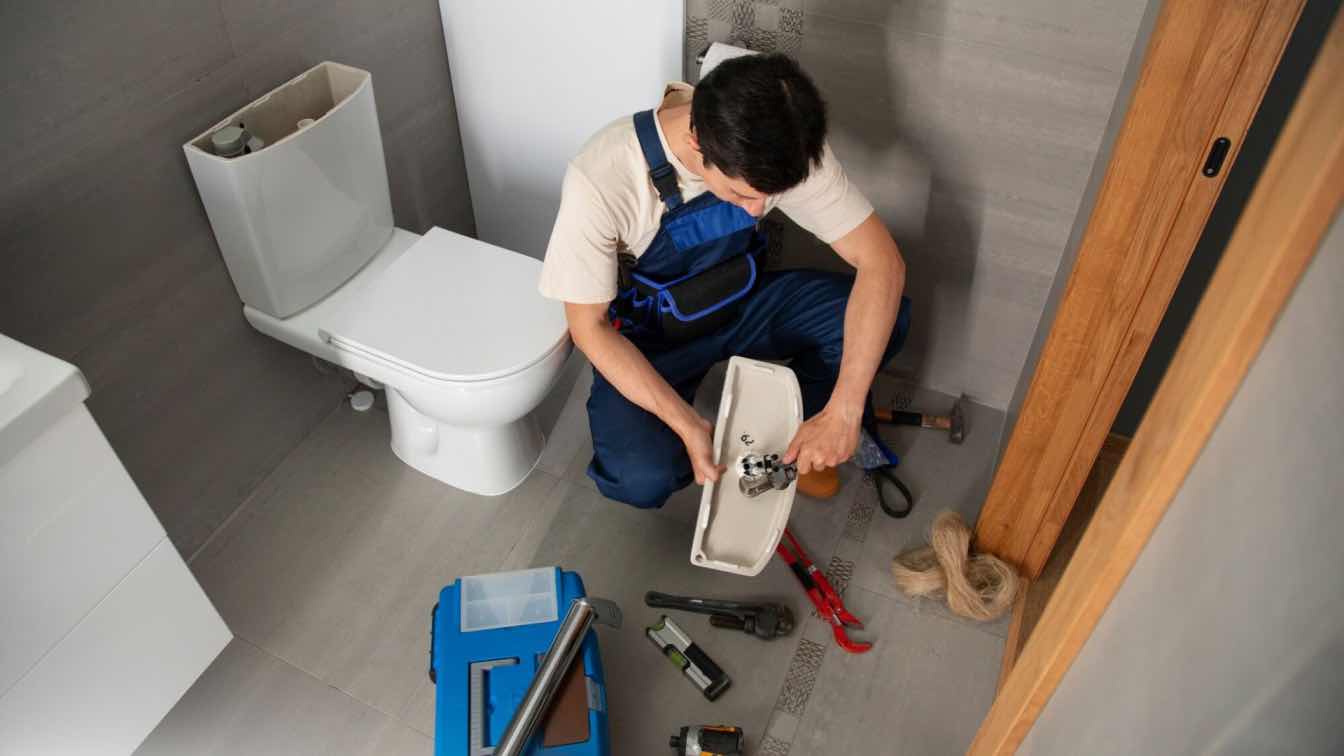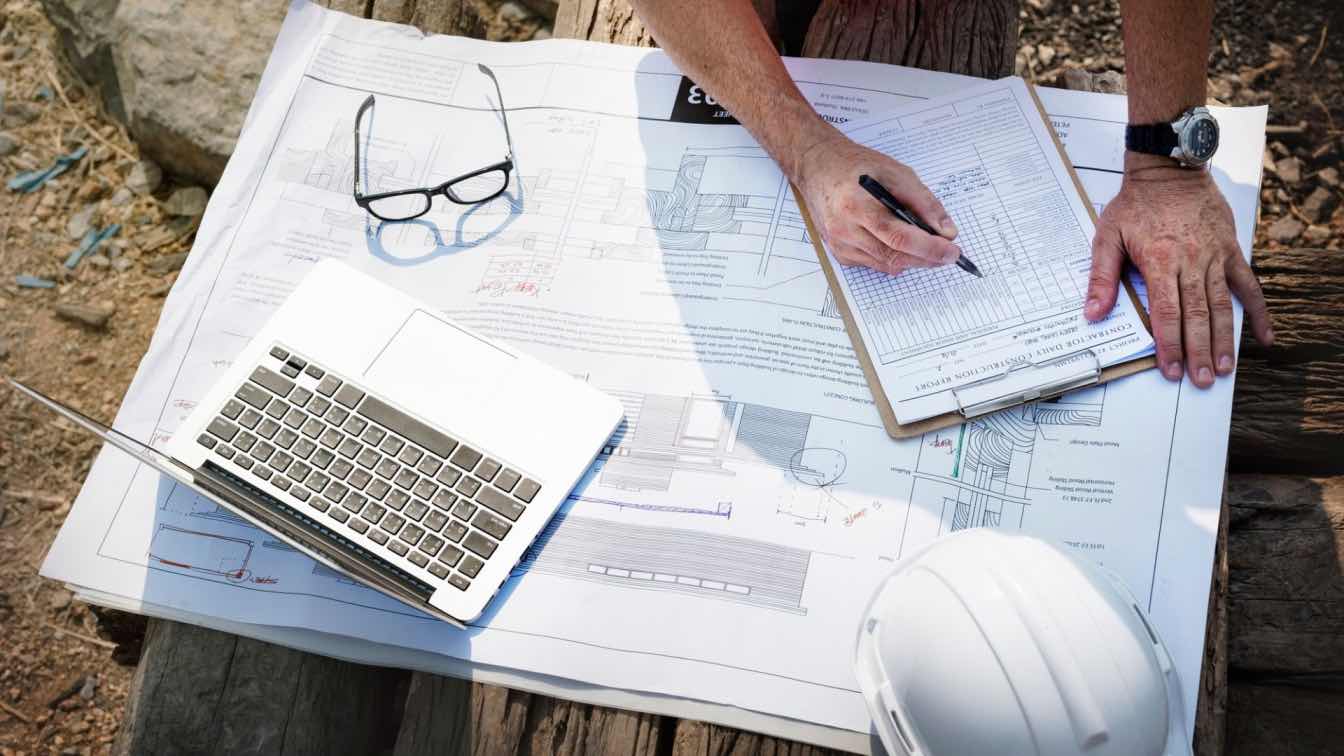Choosing between portable vs. stationary air compressors isn’t just about convenience but bout performance, uptime, and job site efficiency. One wrong call could stall your crew and cost you. In fact, construction downtime can exceed $300 per hour in lost productivity, depending on your team size and equipment.
Maybe you’re managing tight spaces, remote jobs, or tools that demand continuous airflow. Or maybe your current setup struggles to keep pace, forcing delays and workarounds.
This post breaks down the real-world pros and cons of each compressor type. Thus, you can choose the right Bobcat model that keeps your operation running smoothly from day one.
What’s the Difference? Portable vs. Stationary Air Compressors
Let’s be real, air compressors aren’t one-size-fits-all. What works perfectly for a mobile construction crew could be a complete mismatch for a busy service bay running heavy-duty tools all day.
So how do you know which is right for your operation?
Let’s break down the core differences between portable and stationary air compressors, so you’re not just guessing when it’s time to invest.
Portable Air Compressors: Built to Move
If your job site changes weekly (or daily), a portable air compressor is your best friend. These units are designed for mobility—some come with wheels, others are trailer-mounted, and most run on gas or diesel so you’re not tied to a power source.
Why they work:
1. You can load them into a truck, tow them, or roll them across the site.
2. They’re ideal for outdoor, off-grid, or field-based work.
3. Setup is quick, and teardown is even faster.
If you’re looking for performance and flexibility in one rugged package, Bobcat Air Compressors from Bay City Electric Works are engineered specifically for field-ready reliability.
Best for:
- Construction crews
- Road work and utility jobs
- Mobile repair and maintenance services
- Temporary air supply needs
But keep in mind—they’re not always built for long, continuous use. If you’re powering multiple tools nonstop, you may start pushing the limits of a portable system.
Stationary Air Compressors: Power You Can Count On
When your tools stay in one place, so should your compressor.
Stationary air compressors are designed for high demand, long hours, and consistent performance. These are the backbone of workshops, manufacturing floors, and service bays where uptime isn’t optional.
Why they work:
1. Larger tanks and higher output mean more power with less interruption.
2. Electric models are quieter and more energy-efficient.
3. Built to handle heavy use, day in and day out.
Best for:
- Auto shops and industrial service bays
- Manufacturing and fabrication
- Any operation using multiple air tools at once
Sure, they’re not mobile. But that’s the tradeoff—you get rock-solid reliability and performance in return.
The bottom line?
If your worksite moves, go portable. If your tools don’t, go stationary.
Up next, we’ll talk about when portability is the smart move—and where it can save your crew serious time and frustration.
Performance & Cost: What’s the Real ROI?
Air compressors don’t just affect tool performance. They impact job speed, labor costs, fuel usage, downtime risk, and even tool life. That’s why the right compressor is more than a piece of equipment, it’s a profitability lever.
And here’s the kicker: the model with the lowest price tag isn’t always the one that costs the least over time.
1. Air Output That Matches the Workload
If your compressor can’t keep up with tool demand, your crew ends up waiting or worse, burning out expensive gear. Air tools like jackhammers, impact wrenches, paint sprayers, or sanders each require consistent CFM (cubic feet per minute) at a specific PSI.
Example:
A framing crew running multiple nail guns and a compressor with 4.5 CFM capacity will constantly outrun the tank. That means cycling, pressure drops, and work slowdowns every few minutes.
Compare that to a Bobcat stationary unit with 15+ CFM and a 60-gallon tank—it delivers smooth, continuous power with fewer cycles, even when multiple tools run simultaneously.
Why it matters:
- Better performance = faster task completion
- Less tool wear = fewer repairs or replacements
- No delays waiting for pressure to rebuild
2. Fuel Efficiency and Energy Use Over Time
Portable air compressors are typically powered by diesel or gasoline, while stationary units are often electric.
Here’s a cost example based on typical field use:
|
Compressor Type |
Fuel/Energy Source |
Daily Runtime |
Est. Cost/Day |
|
Portable (Diesel) |
Diesel @ $4.50/gal |
6 hours |
$30–$50 |
|
Stationary (Electric) |
Electric @ $0.15/kWh |
6 hours |
$8–$15 |
Over 250 workdays, that’s a difference of $3,000–$6,000/year in fuel savings alone—depending on your local rates and duty cycles.
3. Maintenance Costs Add Up (Especially If You Undersize)
Running a compressor at or near its max capacity all day leads to:
- Overheating
- Frequent cycling
- Shorter oil change and filter service intervals
- Higher risk of breakdown
Generic or undersized models often lack thermal overload protection, diagnostics, or smart cycling features, which means more unplanned downtime and shorter equipment life.
Bobcat compressors, by contrast, are designed with high-duty cycles, solid cooling systems, and easy access for maintenance which translates to fewer service calls and lower annual maintenance costs.
4. Downtime and Labor Impact
If a compressor goes down unexpectedly, your crew doesn’t just lose air—they lose billable time.
Average loss due to compressor downtime:
- 3-person crew at $45/hr each = $135/hr
- Equipment idle = $75/hr
- Lost productivity penalty or rescheduling = variable
Estimated impact: $250–$400/hour.
And that doesn’t include project delays, missed inspections, or cost overruns from compressed schedules.
Avoiding a single unexpected failure with a more reliable unit (like a Bobcat model) can justify the cost difference on its own.
5. Resale, Warranty, and Long-Term Value
Better-built compressors hold their value better, plain and simple.
1. Bobcat air compressors offer strong warranties (often 2–3x longer than generic brands)
2. You’ll get a higher resale value on certified pre-owned equipment
3. Easier access to parts and dealer service means less downtime and better support
If you ever want to trade in or scale up, the total cost of ownership makes premium models a smarter investment especially if you're running a crew or maintaining multiple sites.
The Right Compressor Is a Force Multiplier
The wrong compressor slows your crew down. The right one keeps your tools powered, your timelines on track, and your jobs running smooth.
Portable or stationary, it’s not about specs; it’s about what works for your workflow.
Need mobility? Go portable. Need nonstop power? Go stationary.





